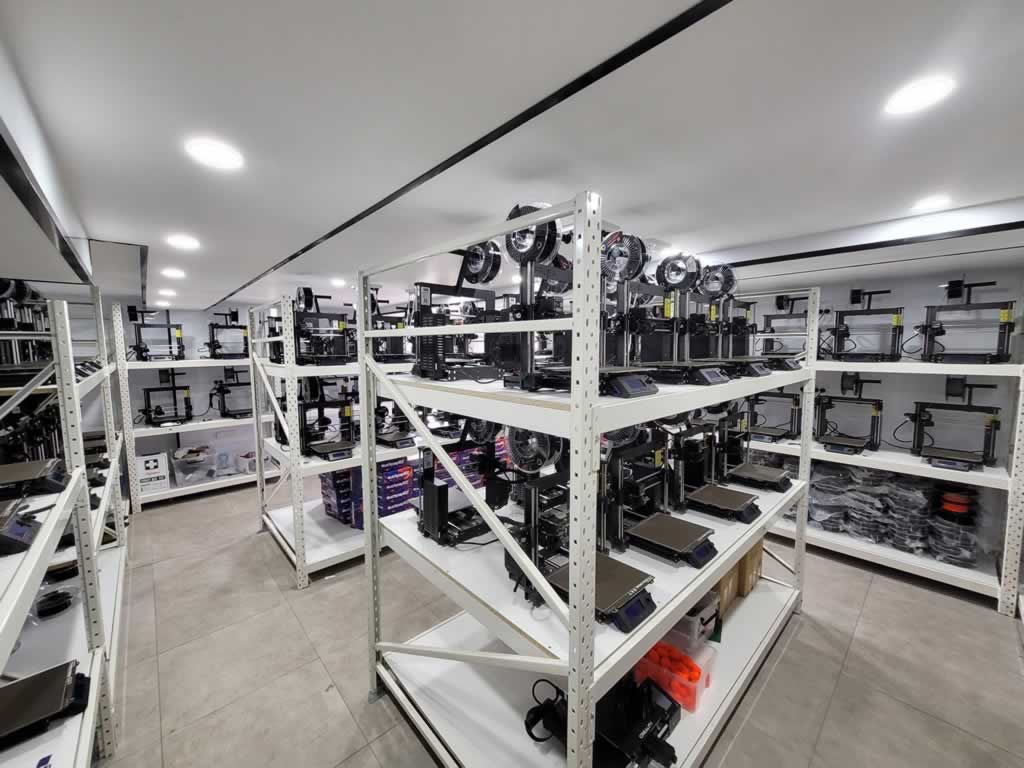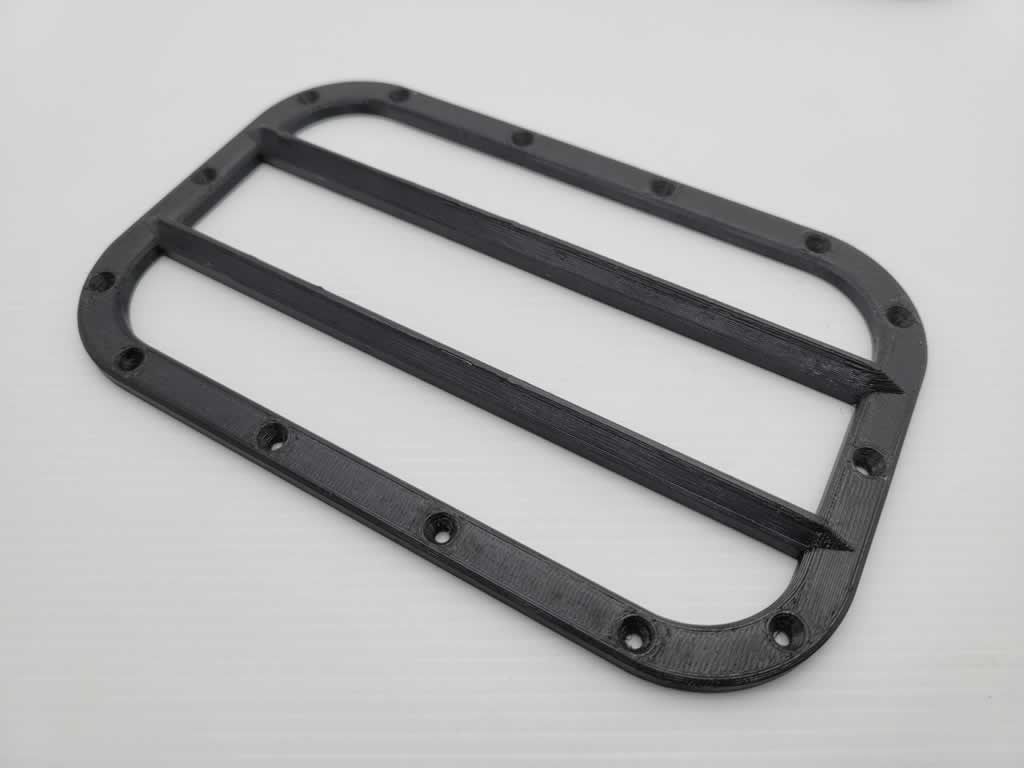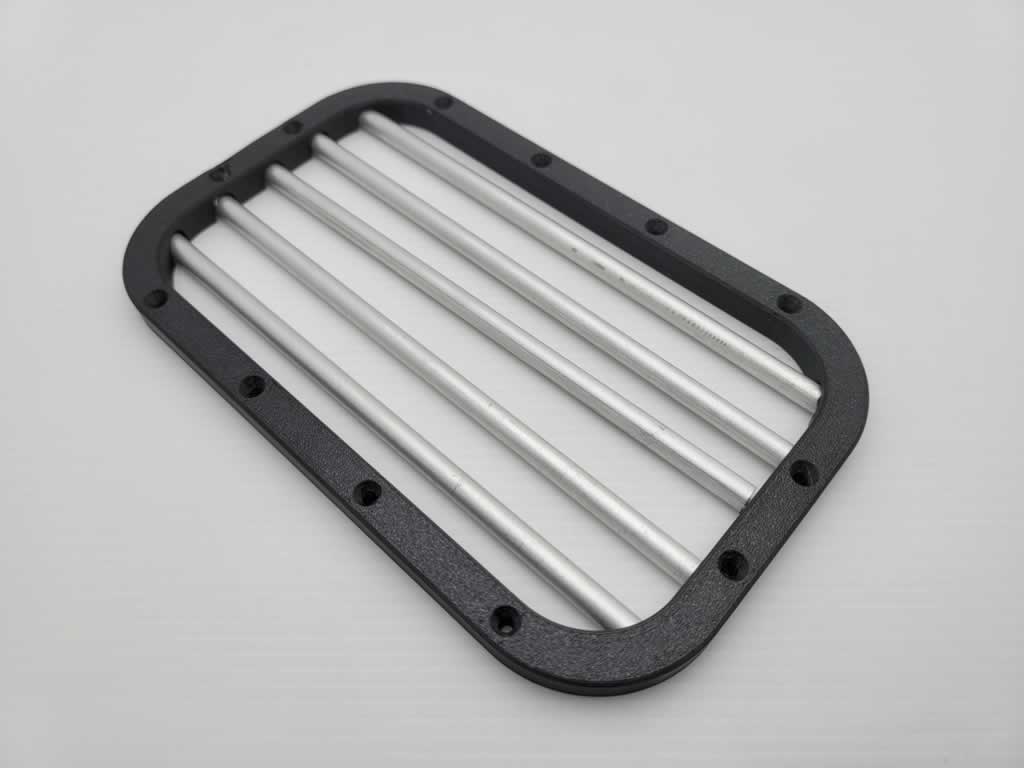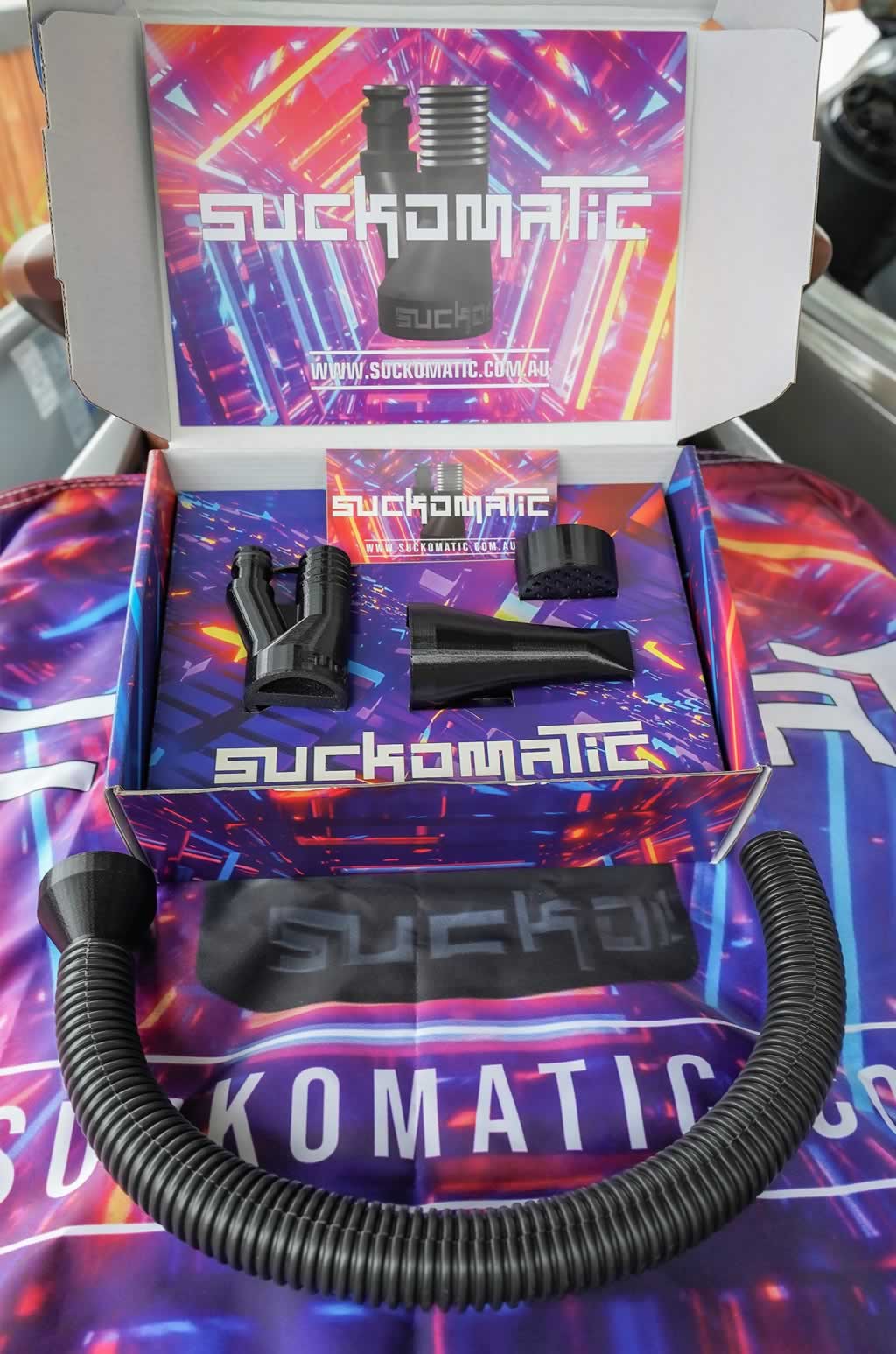Over the last few years, the manufacturing process has changed dramatically in Australia and with the invention of 3D printers, it has significantly changed and impacted the manufacturing industry. Australia no longer has to rely on China for its manufacturing process. 3D printing has moved from simply prototype applications to rapid tooling, products and bespoke parts. It is additive manufacturing that creates durable and safe products to everyday consumers and businesses in small and large quantities. It has been inspirational to see the evolution of 3D print manufacturing in the jet ski world as this new form of manufacture shapes the future industrial development of manufactured parts.

3D printing allows for innovative and cost-effective solutions for any design issue, and with large print farms available in Australia, it now cost effective and affordable. Unfortunately, there is a stigma that 3D print technology is a fad, toy or an ineffective mode of manufacture. This is simply not the case as with all technology, it requires a new way of thinking to solve the limitation of 3D printing.
Using 3D print technology alone is not the answer to relacing pr-existing manufactured parts that have been specifically designed to meet the strength and durability required for the product through the manufacturing process used. By innovative thinking, using 3D print design and introducing new materials material, such as alloy, plastic and steel, designers can create new procedures to produce replacement parts that increase strengths and durability that exceed the original part.
The approach that needs to be taken with 3D printing is not designed 3D print replacement as a whole, but replacement of individual 3D printed components within the original part. Too often, designers and manufacturers attempt to replace an existing manufactured part with a 3D printed part. When this occurs the 3D printed part can fail. To overcome this issue, what should occur is a combined approach with other materials to ensure the longevity of any replacement part created. For example, the picture below shows my first intake grill for a prototype jet surfboard. This prototype failed as the whole item was 3D printed and the grill could not withstand the force of the intake water. By redesigning the part and replacing the fins in grill will an alloy extrusion, the problem was immediately fixed. This increased the time in which the part was printed and provided the strength and durability needed.


As a case study and change the public perception of 3D printing, I went on to create a fully 3D printed retail consumer product for the jet ski and marine industry called SUCKOMATIC. To enable the manufacture and commercialisation of SUCKOPMATIC, I commenced the largest 3D print farm in Australia and have over 100 3D printers. The products is called SUCKOMATIC and is a new and innovative device that assists consumers in removing unwanted water from difficult to reach places. Nicked named the “THE WATER SUCKER”, the SUCKOMATIC uses the age-old venturi principal to assist with the suction of water from hard-to-reach places. In general terms, the venturi pump operates by pushing water through the venturi nozzle of the pump. During this process the water is accelerated through the pump and with this accelerated speed vacuum is created to suck away unwanted water.

To assist with the sale and manufacture of the SUCKOMATIC, I have travelled around Australia and displayed the SUCKOMATIC at boating and camping shows. By doing this, I have educated and increased consumers perceptions of 3D print technology and the endless imitations that this technology has. With the right person sitting behind the development and design team, ideas can be transferred into reality with the simple touch of a button. When it comes to innovative products, the team at SUCKOMATIC have adapted this technology to assist with the development and manufacture and commercialisation of 3D printed parts.
Article by Scott Weir